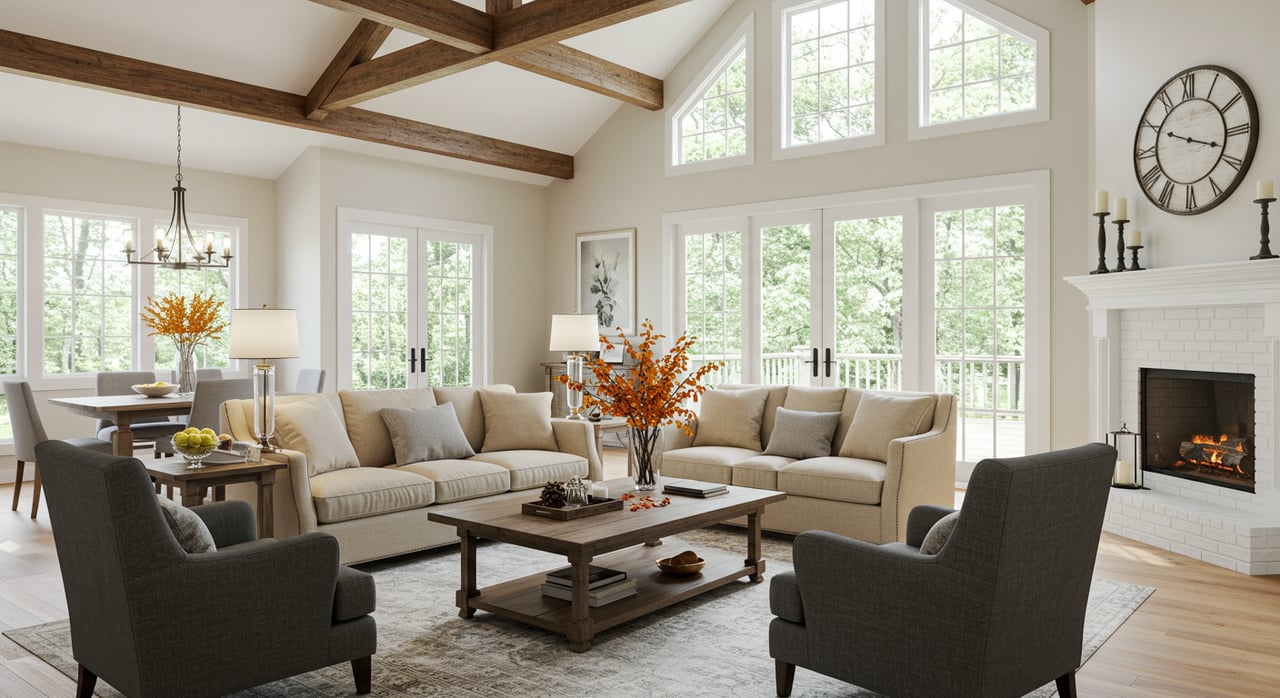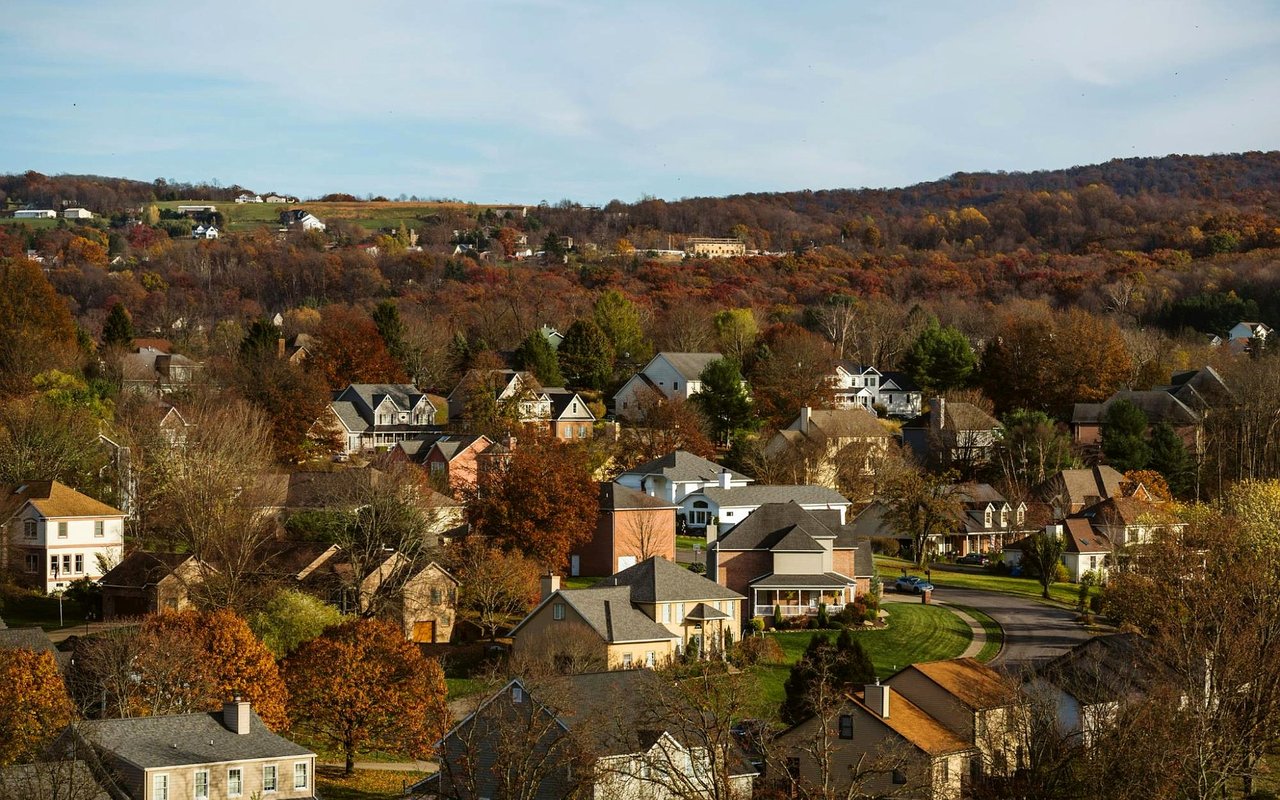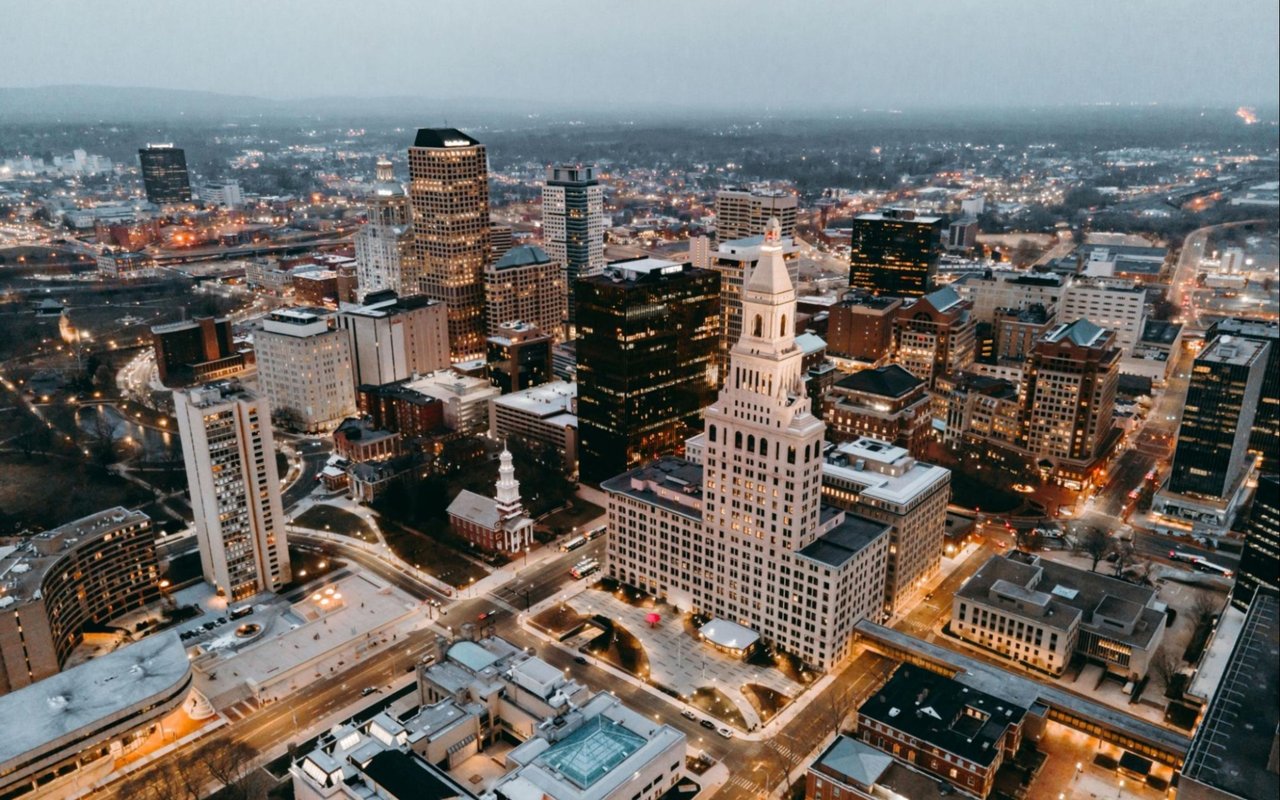A hundred years ago, most homes weren’t insulated, with the exception of asbestos around hot water pipes. Homes were drafty and cold in the winter and hot and humid in the summer, and the insulation on the pipes became a health hazard if disturbed. Thankfully, we’ve come a long way in the quest for more comfortable homes that use less energy and are healthier for the occupants and the environment.
Many older homes have been updated to improve on their energy performance. Some ways to do this are with better insulation and air sealing, replacement windows, high-efficiency HVAC systems, and LED lighting. Additional retrofit options include geothermal heating and cooling, and solar panels for electricity. What these technologies do is to lower the amount of heating or cooling required to keep the occupants comfortable, optimize the electricity used by the home, and reduce dependence on fossil fuels; the use of solar panels can make up the energy required to power internal systems.
New construction houses have the benefit of modern building codes that require base levels of insulation. Additionally, most builders have adopted at least a few energy-efficient technologies simply due to consumer demand. Most buyers of new homes want the latest in energy-efficiency – they look for Energy Star appliances and efficient HVAC systems.
But some buyers want more. They know about the latest in home building certifications providing for impressive levels of energy savings. The most common of these certifications is Energy Star. Homes built to the Energy Star certification “are designed to be at least 10% more efficient than homes built to code and, on average, deliver savings of more than 20% for homeowners.” (Energy Star)
Beyond Energy Star, buyers may look for LEED or Passive House certifications, or Zero Energy Ready. Houses built to these standards are still rare, and while many are custom single-family homes, there have been several multi-family developments built to the LEED and/or Passive House standards in the last several years across the state of Connecticut. Builders are tuning in to the demands of Millennials and even Gen Z, who are climate-aware and looking to effect change with their choices and their wallets.
If you’re in the market for a green home, reach out to M+O team member, Anne Decker. Anne is a Passive House owner who can help guide your eco-conscious purchase.




